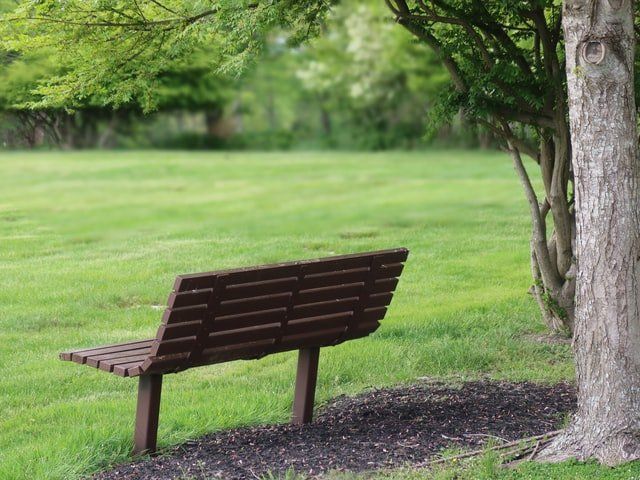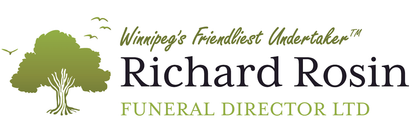Nearing 40 Years
We’re Here For You
Responsive. Receptive. Respectful.
Live Streaming Services & Seminars
The COVID-19 pandemic changed the way we live and gather as well as how we perform our services.
We're pretty tech savvy when it comes to offering online services - something Richard has been involved and grown with since the early 1990's.
We'd be pleased to offer our guidance and support to live stream funeral events so friends and family can still participate even if they are at home or far away.
And - our seminars and interviews on Green Burials, Funeral Planning and Aging In Place, are now online events.
Want to learn more about our live streaming services for funeral events or education for your group?
Green Burial Options
Not to change what's meant to be,
but create the means for it to happen naturally.
Only a few generations ago, there was no funeral industry, and we were responsible for taking care of our dead.
Natural Green Burials and, by extension, Home Funerals are not new ideas but rooted in our traditions, offering age old solutions to end of life planning and celebrating.
We were intimately connected to the process and mainly were unaware that we were practising good environmental stewardship.
In today's world, the funeral industry has impacted our lives in ways both beneficial and harmful.
The Green Burial movement seeks to address these impacts and return society to our roots of good environmental stewardship.
As our planet warms, we do our part to minimize our carbon footprint by reducing energy consumption, composting, recycling and more.
Richard Rosin helped create Green Burial Manitoba to provide a resource to guide for anyone wishing to create a Positive Environmental Legacy.
Are you concerned about your Environmental Legacy?
Cremation
Many people today have a preference for cremation over casket burials. There are many sound reasons for this.
The cremation process removes all carbon content from the body by exposing it to extremely high heat leaving behind the bone fragments from the human skeleton (also known as Cremated Remains).
The Cremated Remains can be placed in an urn of your choosing.
You do NOT have to buy an urn from a funeral home or cemetery.
Anything can serve as an urn from the traditional to the very personal like hockey skates, Edward's coffee cans, a sewing or tackle box, and (after it's empty) a Scotch bottle or the box or sleeve it came in.
Cremation also gives the opportunity to scatter the Cremated Remains at favourite and meaningful locations (regulations permitting).
Curious about your options for cremation?
About Richard Rosin
Richard Rosin is a trusted, established and highly experienced funeral professional. Known as “Winnipeg’s Friendliest Undertaker, TM” Richard has served thousands of Manitoba families for several decades with care and compassion, ensuring their loved ones are celebrated in the best ways possible.
As well, he offers a wide variety of funeral services to people from traditional, large ceremonies and burials to small, simple cremations. Currently, he is pioneering an approach in Manitoba for green or eco-friendly funerals (a more environmentally responsible way of saying goodbye to your loved one).
Want to get to know Richard and how he can help you?
Obituaries & Send Flowers
Each Book of Memories™ is a fully interactive online guestbook that features the obituary, service information and a place to leave condolences or share pictures through social media. You can also order flowers, make donations to the family and more.
--Search Obituaries by entering your beloved's last name--
Recent Articles



Testimonials
Contact Us
Have a question? We are here to help. Send us a message and we’ll be in touch.




